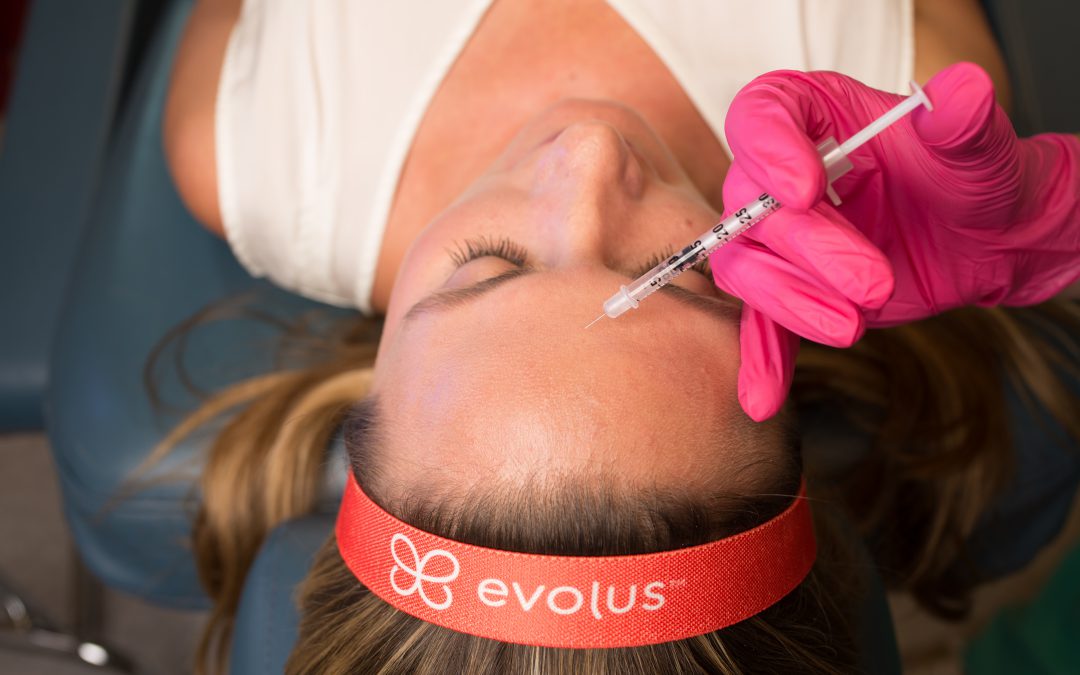This is the fourth installment of “Battle of the Neuromodulators” on the NFP Blog, where we look at the injectable neuromodulators, and compare them to each other based not on marketing and hype, but on solid medical evidence, with this bout Jeuveau vs Botox.
First, some basics. As you can see from Battle of the Neuromodulators, Part III, there is no single gold standard for the injectable neuromodulators, which were Botox, Dysport, and Xeomin. As of February 2019, there is a new player on the market: Jeuveau. As the fourth FDA approved injectable neuromodulator available in the United States, it arrives to a field that is more mature, with three different well-established brands more than 10 years its senior.
The “Battle of the Neuromodulators” posts showed that the three products differed only by the accessory protein, though the actual toxin molecule was identical among the products. The same is true of Jeuveau, which is based on the same toxin molecule as the others in the group. Botox had an intact accessory protein attached to the toxin molecule, whereas Dysport had partially cleaved, or “cut” accessory protein attached to the toxin molecule, and Xeomin was the bare toxin molecule (no accessory protein).
How is Jeuveau Different From Botox?
Jeuveau’s accessory protein is comparable in size to Botox, which means it is a larger molecule compared to Xeomin and Dysport. It differs from Botox in ways that are not well explained by the publicly available data, though there is plenty that can differ. Proteins are made of many amino acids, and most of a protein molecule is not active in the function that it performs. Changing a single amino acid on the “back” of a large protein can have no effect on the function of the protein while being a technically different product (so it can get a patent without infringing on another existing patent). My guess is that one of these amino acids was changed, making it a technically different product without being recognizably different from any measure of ours. What does this mean? In comparing Jeuveau vs Botox, the difference in molecular size is a much smaller part of the discussion than when comparing either of these to the other brands (Dysport and Xeomin).
Does Jeuveau Work As Well As Botox?
We have every reason to believe that it is similarly based on the one published article comparing their effectiveness in treating frown lines. The two products were studied head to head in a double-blinded fashion, meaning that the doctors injecting the products did not know which they were injecting (Jeuveau vs Botox), and the patients similarly did not know what they were getting injected into their frown lines. Furthermore, there was a placebo arm, meaning some patients got a sham treatment.
The patients that were studied, and they found a similar response to Botox and Jeuveau (both of which worked much better than the sham treatment). The authors conclude the “noninferiority” of Jeuveau vs Botox. That’s as good as a single study can get (Unless, of course, it concludes that Product A is, in fact, more effective than Product B).
There will likely be more studies comparing the products, but it is simply too early to make final conclusions, as the product hasn’t been around to study for very long. As more studies are released, we will update this site to reflect the latest information for our readers.
Beyond the Studies
Though the studies so far show that all of the products are equal, we have had patients that swear by each of them, with Juveau quickly gaining steam at Nuance Facial Plastics. If you have had other products injected, or whether you would like to try Jeuveau for the first time, give us a call to discuss options to find out which is the best for you.

